- No products in the cart.
Salbutamol aerosol 100mcg / dose vials 12ml 200doz Binnofarm
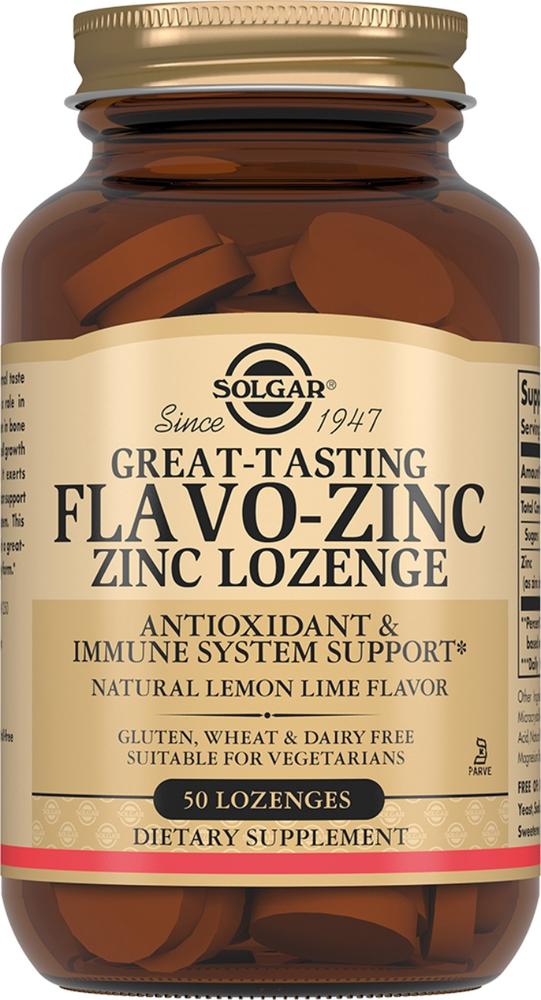
Solgar lozenges 50 pcs Flavio zinc
$14.54
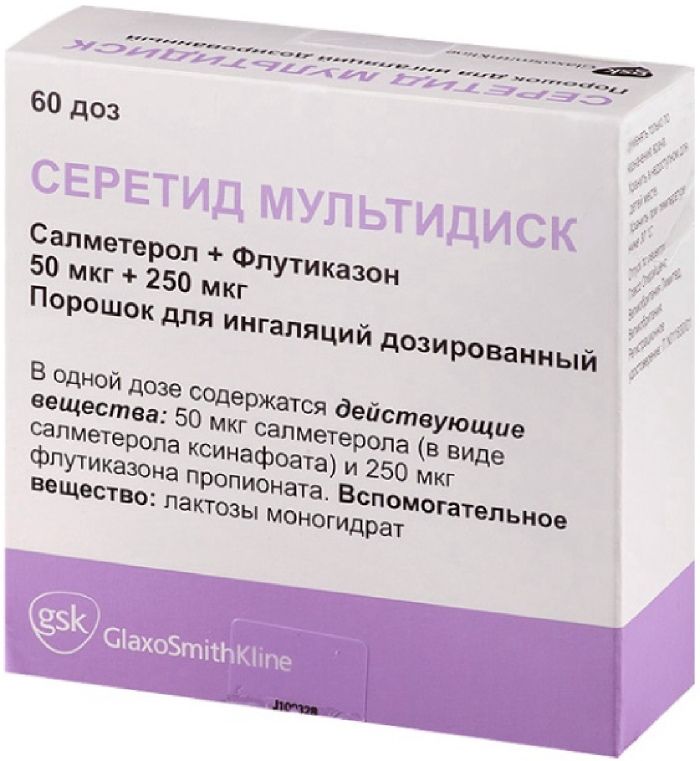
Seretide multidisk powder ing.dozir. 50mkg / 250mkg 60doz with inhaler
$33.31
$3.70
Salbutamol aerosol 100mcg / dose vials 12ml 200doz Binnofarm
Description
Composition
Active substance:
1 dose comprising: salbutamol sulphate (in terms of 100% substance) 0.1208 mg (equivalent to 0.1 mg salbutamol).
1 comprises a balloon formulation: Salbutamol sulphate (in terms of 100% substance) 0.029 g (equivalent to 0.024 g salbutamol).
Excipients:
1 dose contains: 0.0625 mg oleyl alcohol, ethanol (rectified spirit) 2.02 mg, propellant R 134a (1,1,1,2-tetrafluoroethane, HFA 134a) 56,91 mg.
1 can formulation comprises: oleyl alcohol 0.015 grams, ethanol (rectified ethyl alcohol) 0.485 g of propellant R 134a (1,1,1,2-tetrafluoroethane, HFA 134a) 13,659 g (12,00 until mL).
The drug does not contain chlorofluorocarbon propellants.
Description:
The preparation is a white or almost white slurry, pressurized aluminum cylinder with a metering valve provided with a nozzle-inhalator with protective cap; preparation at the outlet of the container is sprayed in the form of an aerosol jet.
Product form:
Aerosol for inhalation dose of 100 ug / dose. 200 doses (12 ml) in cylinders aluminum monobloc with internal protection, sealed with a metering valve and fitted with a nozzle-inhaler with a protective cap. Each cylinder together with a nozzle-inhaler and protective cap, as well as instructions for use placed into the package.
Contraindications
Hypersensitivity to any component of the drug.
Children under 2 years old.
Carefully:
If there is a history of tachyarrhythmia, myocarditis, heart defects, aortic stenosis, coronary heart disease, severe chronic heart failure, hypertension, hyperthyroidism, pheochromocytoma, decompensated diabetes, glaucoma, epipripadkov, renal or hepatic insufficiency. Together with the admission of non-selective beta2-adrenergic blockers, pregnancy, lactation.
Dosage
100 micrograms / dose
Indications
1. Asthma:
– relief of asthma attacks, including an exacerbation of bronchial asthma heavy currents;
– prevention of attacks of bronchospasm associated with exposure to allergen or exercise-induced;
– use as a component with long-term maintenance treatment of asthma.
2. Chronic obstructive pulmonary disease (COPD), accompanied by reversible airway obstruction, chronic bronchitis.
Interaction with other drugs
Not recommended simultaneous use of salbutamol and non-selective adrenoceptor blockers, beta 2, such as propranolol.
Salbutamol is not contraindicated in patients receiving monoamine oxidase inhibitors (MAOIs).
It enhances the action of central nervous system stimulants.
Theophylline and other xanthine, while the application increases the risk of tachyarrhythmias; means for inhalation anesthesia, levodopa – zhedudochkovyh severe arrhythmias.
The simultaneous use of m-holinoblokatorami (including inhalants) can increase in intraocular pressure.
Diuretics and steroids increase gipokaliemicheskoe effect of salbutamol.
Overdose
symptoms:
More frequent – hypokalemia, lowering blood pressure, tachycardia, muscle tremors, nausea, vomiting; less frequent – excitement, hyperglycemia, respiratory alkalosis, hypoxemia, headache; rare – hallucinations, seizures, tachyarrhythmias, ventricular flutter, expansion of peripheral blood vessels.
Treatment:
With an overdose of salbutamol best antidotes are cardioselective beta 2-adrenergic blockers. However, beta2-adrenergic receptor blockers should be used with caution (risk of bronchospasm).
Application of large doses may cause hypokalemia salbutamol, therefore suspected overdose should monitor the concentration of potassium in blood serum.
pharmachologic effect
Pharmacological group:
Bronchodilatory means – selective beta2-agonists.
Pharmacodynamics:
Salbutamol is a selective agonist of beta2-adrenergic receptors. At therapeutic doses it acts on beta2-adrenergic receptors of smooth muscle of the bronchi, exerting little influence on the beta1 receptors infarction. A pronounced bronchodilator effect, preventing or kupiruya bronchospasm, reducing airway resistance. Increases lung capacity.
The recommended therapeutic dosage has no negative effect on the cardiovascular system, it causes high blood pressure. To a lesser extent, as compared with the drugs of this group has a positive chronotropic and inotropic effects. It was the expansion of the coronary arteries. Has a number of metabolic effects: reduces the concentration of potassium in the plasma affects glycogenolysis and insulin secretion, has a hyperglycemic (especially in asthmatic patients) and a lipolytic effect, increasing the risk of acidosis.
After application of inhaled forms of action develops rapidly, the start effect – in 5 min, max – after 30-90 min (75% of the maximum effect is reached within 5 min), duration – 4-6 hours.
Pharmacokinetics:
Absorption: After inhalation of 10-20% of a dose of salbutamol reach the lower respiratory tract. The rest of the dose remained in the inhaler and settles in the mucosa of the oropharynx and then swallowed. The fraction settled on airway mucosa absorbed in the lung tissue and blood, but is not metabolized in the lungs.
Distribution: The degree of binding to plasma proteins salbutamol is about 10%.
Metabolism: Salbutamol metabolized in the liver and excreted predominantly in the urine in an unmodified form and in the form of phenolic sulfate. The swallowed portion of the inhalation dose absorbed from the gastrointestinal tract and undergoes active metabolism at “first passage” through the liver, turning in the phenolic sulfate. Unmodified salbutamol and conjugate are excreted primarily in the urine.
Excretion:. The half-life of 4-6 hours salbutamol partly excreted by the kidneys in unchanged form and partly as an inactive metabolite 4′-O-sulphate (phenolic sulphate). A minor part is eliminated in the bile (4%) in the feces. Most of the salbutamol dose excreted within 72 hours.
Pregnancy and breastfeeding
Pregnant women salbutamol can be given only if the expected benefit to the patient outweighs the potential risk to the fetus.
The probability of penetration of salbutamol in breast milk is not possible, so it is not recommended for nursing mothers unless the expected benefit to the most patient outweighs the potential risk to the child. There is no evidence, whether salbutamol has a harmful effect on the newborn is present in breast milk.
Conditions of supply of pharmacies
Prescription
side effects
The incidence of side effects can be divided into the following categories: very common (> 1/10), common (> 1/100 and 1/1000 and 1/10 000 and
Immune system: rarely – dermatitis, rarely – hypersensitivity reactions, including angioedema, skin rash.
On the part of metabolism: rarely – hypokalemia.
From the nervous system: often – tremor, headache, anxiety; rarely – dizziness, drowsiness, fatigue; very rarely – hyperactivity.
With the cardiovascular system: often – tachycardia, palpitations; rarely – increased peripheral vascular skin hyperemia, discomfort or pain in the chest; very rarely – arrhythmias, including atrial fibrillation, supraventricular tachycardia, arrythmia, lowering blood pressure and collapse.
The respiratory system: rarely – cough, respiratory irritation; very rarely – bronchospasm (paradoxical or caused by hypersensitivity to the drug).
On the part of the gastrointestinal tract: rare – dryness and irritation of the mucous membranes of the mouth and throat, change in taste, nausea, vomiting.
On the part of the musculoskeletal system: rarely – muscle cramps.
special instructions
Patients should be instructed on the proper use of Salbutamol medication. Proper use of the drug and a clear implementation of the instructions necessary to ensure the penetration of salbutamol in the bronchi. At the beginning of the treatment the drug should be used under medical supervision and after a workout in front of a mirror.
As with other inhaled drugs, the therapeutic effect may be reduced while cooling the cylinder. Therefore, before using the bottle with the drug should be heated to room temperature (warm bottle hands for a few minutes, you can not use other methods!).
The cylinder is pressurized, so the tanks can not be heated, crush, or puncture or incinerate, even when they are empty.
In case of unpleasant sensations in the mouth and sore throat after inhalation of the mouth should be rinsed with water.
Bronchodilators should not be the sole or major component of asthma therapy unstable or severe.
If the action of the normal dose of the drug is less effective or shorter time (effect of the drug should be maintained for at least 3 hours), the patient should seek medical attention. Increasing the dose or frequency of administration of salbutamol should only be undertaken under medical supervision. Reducing the interval between the reception of these doses is possible only in exceptional cases and should be strictly justified. Increasing demand for the use of inhaled beta2-adrenergic agonists with a short duration of action for the treatment of bronchial asthma exacerbation indicates. In such cases, you should review the patient’s treatment plan. High doses of salbutamol during exacerbation of asthma may cause a syndrome of “rebound” (each next attack becomes more intense). In severe asthma attacks break between inhalations should not be less than 20 minutes.
The risk of complications increases as the duration of treatment with significant, and in a sharp lifting of the drug. Long-term use of salbutamol should be accompanied by the use of anti-inflammatory drugs for the basic therapy.
Sudden and progressive deterioration of asthma can be a threat to the patient’s life, so in such cases the urgent need to address the question of the appointment or increasing the dose of corticosteroids. In these patients, it is recommended to carry out daily monitoring of peak expiratory flow rate.
Salbutamol should be used with caution in patients with thyrotoxicosis.
Therapy beta2-adrenoceptor agonists, particularly when administered parenterally or by application via a nebulizer may result in hypokalemia. Special caution is advised to exercise in the treatment of severe attacks of asthma, since in these cases, hypokalemia may be enhanced by the simultaneous use of xanthine derivatives, glucocorticoids, diuretics, and also due to hypoxia. In such cases it is necessary to monitor the level of potassium in the blood serum.
Effect on the ability to drive mechanisms and
Since Salbutamol can cause side effects such as seizures and dizziness, is recommended in the first receptions exercise extreme caution or discontinue the management of vehicles and other classes of potentially hazardous activities.
Storage conditions
Store at a temperature not higher than 25 ° C. Do not freeze.
Keep out of the reach of children.
Keep away from the heating system and direct sunlight.
Protect against drops and bumps.
Dosing and Administration
Salbutamol aerosol formulation for inhalation dose of 100 ug / dose is intended for administration by inhalation.
Decide on the increase in the dose or frequency of use of the drug can only be a doctor.
Do not use the drug more than 4 times a day. The need for frequent application of maximal doses or in a sudden increase in the dose indicates a deterioration of the disease.
Do not use the drug more than 4 times a day. The need for frequent application of maximal doses or in a sudden increase in the dose indicates a deterioration of the disease.
Relief of bronchoconstriction attack: The recommended dose of 100-200 mg (1-2 inhalation).
Preventing attacks of bronchospasm associated with exposure to allergen or exercise-induced: The recommended dose is 200 mcg (2 inhalation) for 10-15 min before exposure provoking factor.
Children. Prolonged maintenance therapy for bronchial asthma and COPD in the complex therapy: The recommended dose is up to 200 ug (inhalation 2) 4 times a day.
Relief of bronchoconstriction attack: The recommended dose of 100-200 mg (1-2 inhalation).
Preventing attacks of bronchospasm associated with exposure to allergen or exercise-induced: The recommended dose of 100-200 mg (1-2 inhalation) for 10-15 min before exposure provoking factor.
Preparing for first use:
Before the first use of the drug should remove the protective cap from the inhaler nozzle. Then shake vigorously vertical movements of the balloon, the balloon attachment flip-inhaler down and make the two spraying into the air to ensure adequate operation of the valve. When a break in use of the drug for several days, one must make atomization air after thorough shaking the container.
Application:
1. Remove the protective cap from the inhaler nozzle. Verify the purity of the inner and outer surfaces of the inhaler nozzle.
2. Vigorously shake the bottle vertical movements.
3. Turn the bottle nozzle-inhaler down, hold the balloon vertically between the thumb and index and middle fingers so that the thumb was under the nozzle-inhaler.
4. Make the most of a deep breath, then put the nozzle inhaler in the mouth between the teeth and cover her mouth without biting at it.
5. Starting breath through your mouth, press the top of the cylinder to produce the issuance of dose, while continuing to breathe slowly and deeply.
6. Hold breath inhaler remove the nozzle from his mouth and remove the finger from the top of the container. Continue to hold your breath as much as possible.
7. If necessary, run the following inhalation. To do this, wait about 30 seconds, holding bottle upright.
After that perform inhalation in accordance with the instructions set out in paragraphs 2-6.
Close inhaler nozzle protection cap.
IMPORTANT:
Perform actions according to items 4, 5 and 6, slowly. It is important, just before the issuance of the dose start to breathe as slowly as possible. The first few times the drug should be used after a workout in front of a mirror. If the “cloud” will appear on the sides of the mouth, it is necessary to start again from step 2.
Cleaning:
Nozzle inhaler should be cleaned at least once a week.
1. Remove the protective cap from the nozzle of the inhaler, and the inhaler nozzle to remove from the container.
2. Thoroughly rinse nozzle inhaler and the cap under warm running water.
3. Carefully dried inhaler nozzle and the protective cap inside and outside
4. Wear-inhaler nozzle to a cylinder and the valve stem to close the hole-free inhaler nozzle protection cap.
Do not put the bottle into the water!
Information
Appearance may differ from that depicted in the picture. There are contraindications. You need to read the manual or consult with a specialist
Additional information
| Weight | 0.100 kg |
|---|---|
| Manufacturer | Binnofarm |

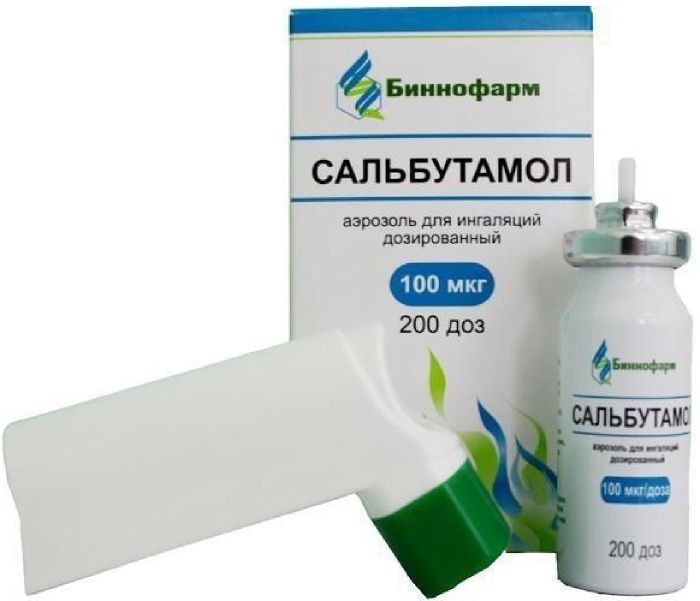
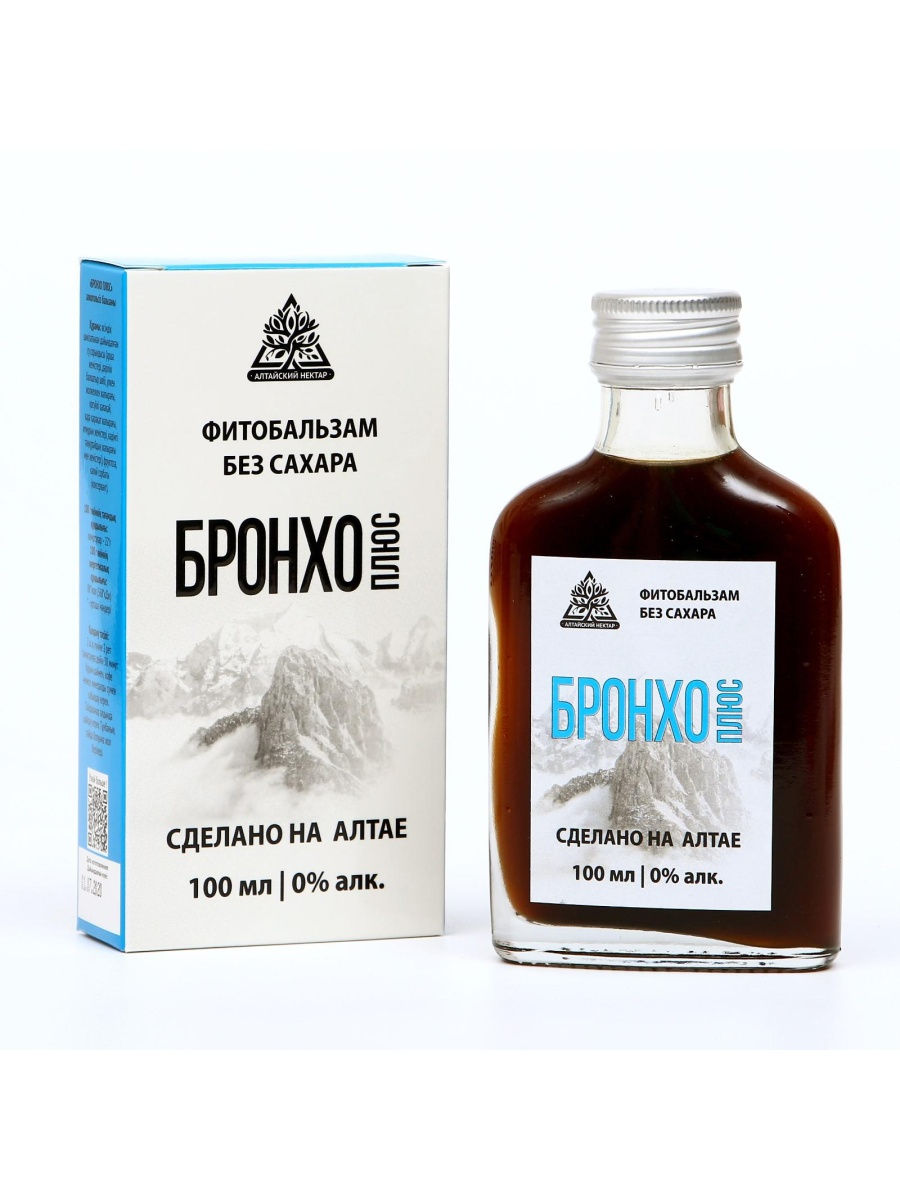
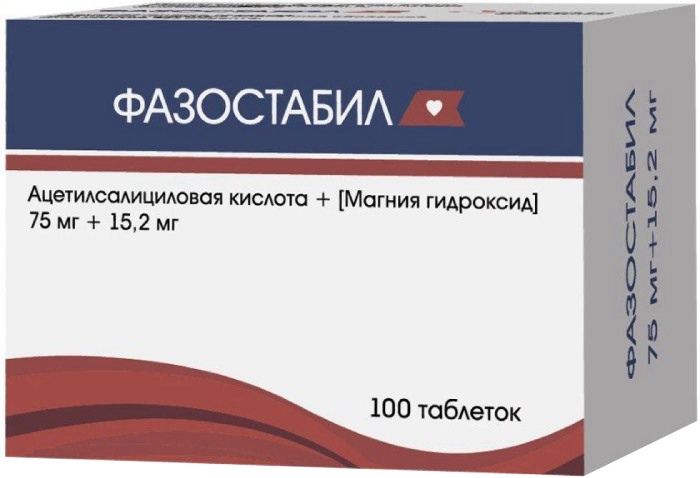
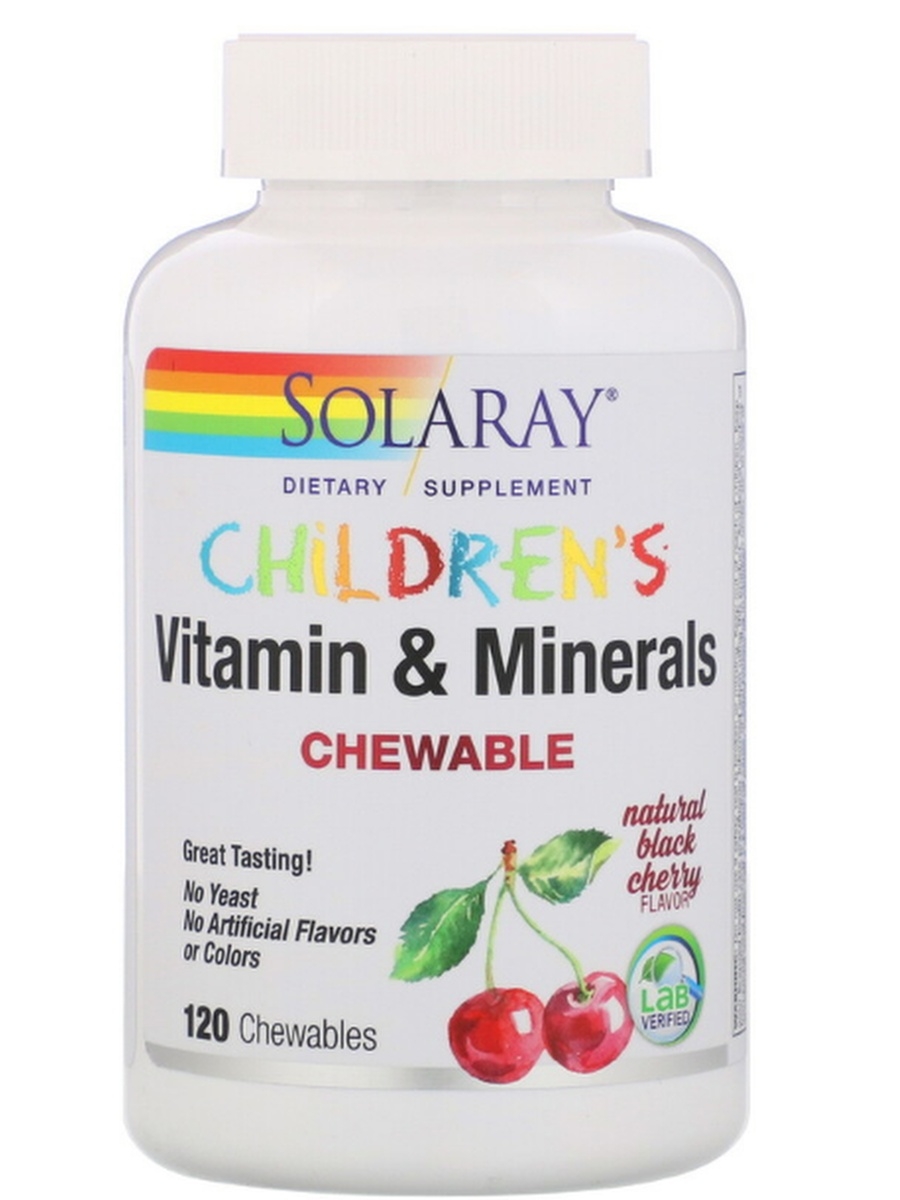
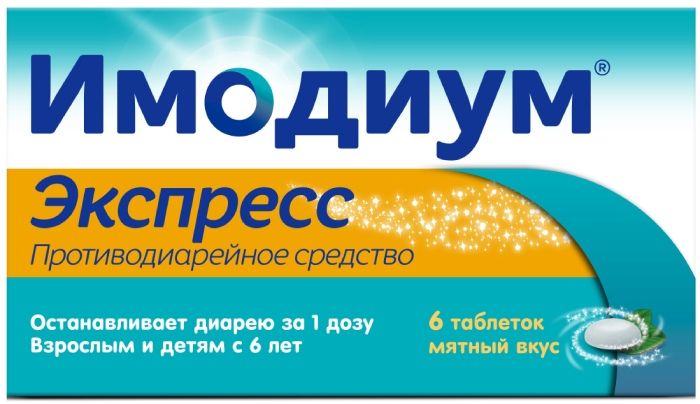
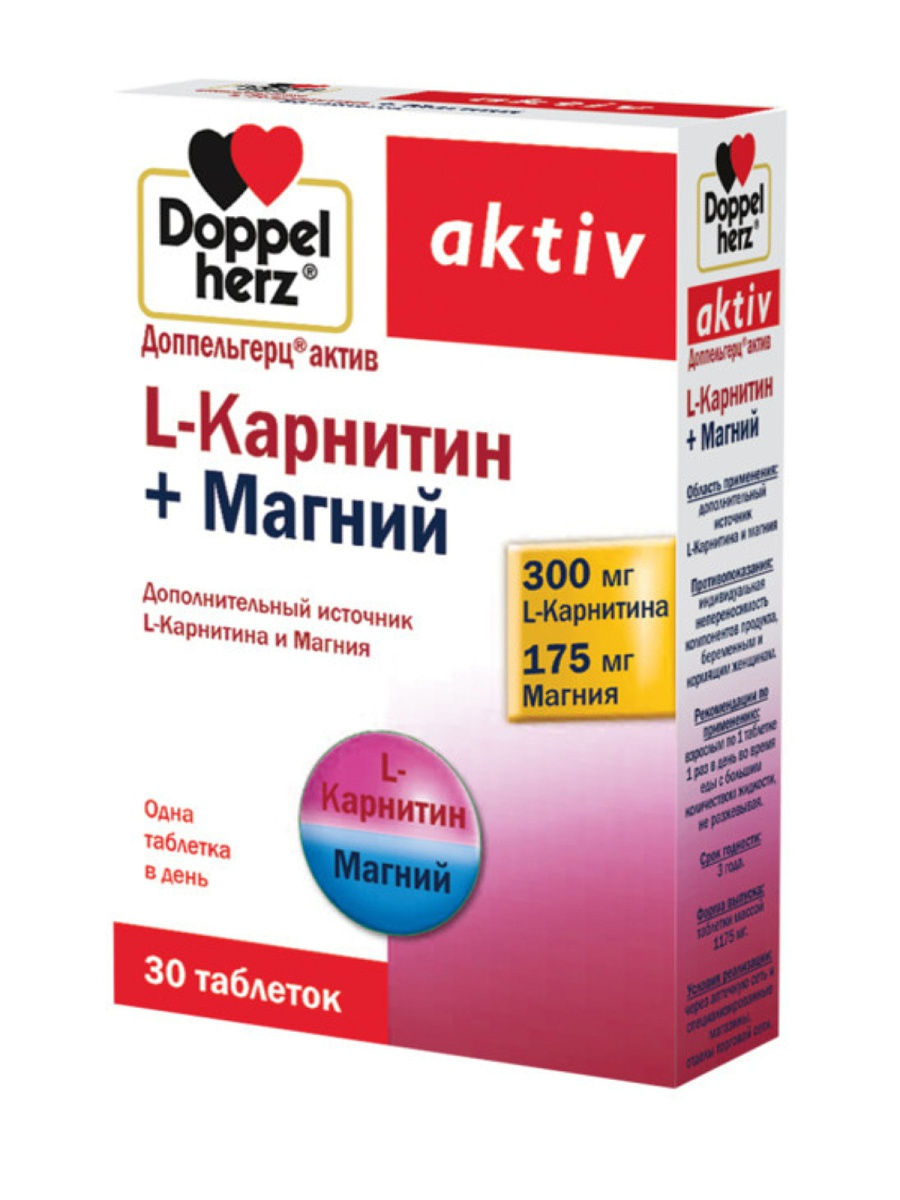
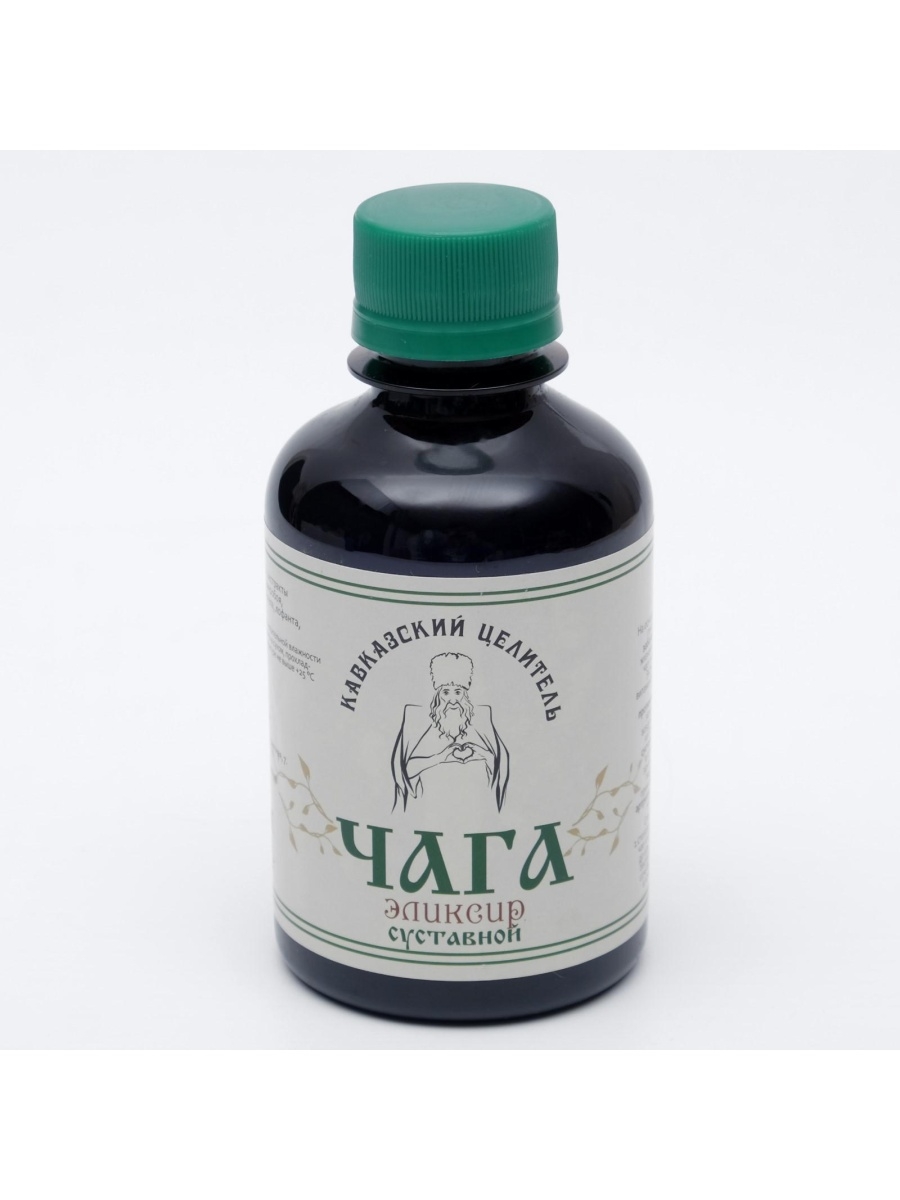




There are no reviews yet.